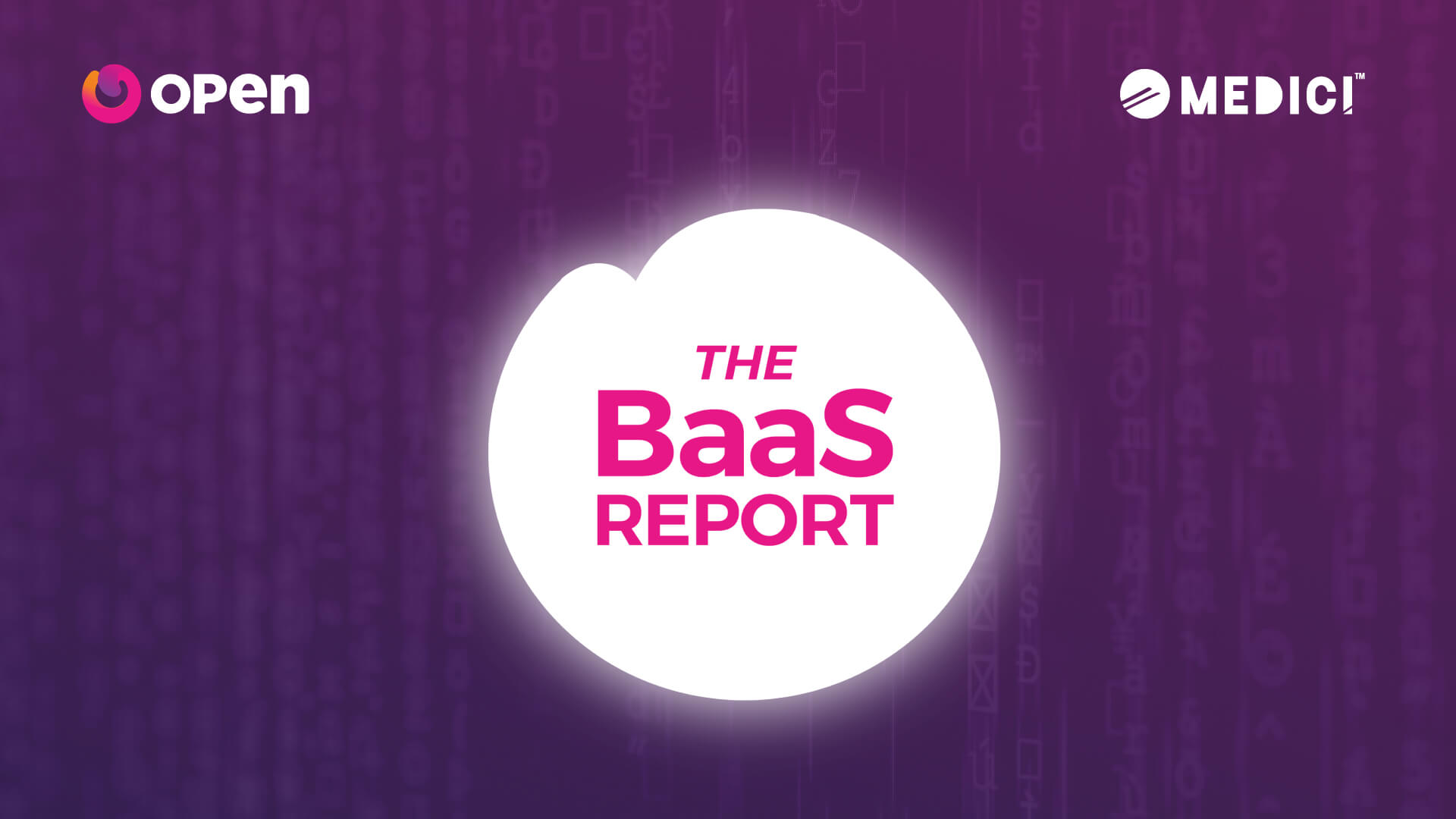After hailing more rides on Uber than other public transports combined, I can’t imagine a time when Uber wasn’t around. How did nightlife thrive back then? I mean, how did the drunk ever even reach home? 🤔
Over the last couple of decades, the cab industry has whole-heartedly embraced Uber. And just like that, all major industries have undergone technological shifts that seem indispensable to life as we know it today.
Well, mostly all. Banking has strayed pretty far from this norm for a while now. But fortunately, this is changing, all thanks to the emergence of neo banks. Let’s understand what neo banking really means.
The media has been touting neo banks as the next big thing in the fintech space. We’ve also had many people write to us asking — What are neo banks? Will they really transform banking?
Let’s find out.
Covering the basics

Until recently, most giants in the banking space, reveling in a monopoly of sorts, did not work towards delivering superior customer experience. So much so that, on a scale measuring technological advancements across industries, the big banks lagged far behind.
That’s when, neo banks emerged to balance things out perfectly, as all things must be.
These are technology-driven smart banks that offer their services online and via mobile apps. In other words, they don’t expect you to go to some branch and stand in queues to open an account or transfer funds. And while most neo banks don’t have a banking license, they provide the same services by partnering with a traditional bank. All to push the limits of how much a bank can do for you.
The idea is to attract a growing customer base by prioritizing 3 things — unrivaled customer experience, well-designed and intuitive interface and a range of unique functionalities.
The journey so far
Neo banks first emerged in the UK around 4–5 years ago, pioneered by Monzo and Atom. And in a short span, have left an indelible imprint on the fintech world.

They sprung up because of the EU’s progressive approach towards financial regulation. Curious to know what really changed? Let’s have a look.
The revised Payment Services Directive (PSD2) regulation that got implemented in 2018, broke the monopoly of the banks over consumer data. It proved to be a major game-changer for the digitization of the economy.
Implemented across all EU member states, this regulation significantly reduced the barriers for new entrants to the payments space.
For once, the banks were mandated to provide third parties access to consumer data via APIs (as long as the consumer agreed).
Such third parties have challenged the status-quo of the banking industry. Powered by consumer data, they’ve been out finding ways to provide consumers more power with their money.
A gist of what they do
Neo banks leverage technology to provide banking services that are faster, simpler, and affordable.
All of this to appeal to a generation that’s never been too big on the big banks. Neo banks with their tech-friendly nature are aimed at increasing financial inclusion in a lasting manner.
One thing to note — no two neo banks offer the exact same services. For example, Lidya offers easy access to credit, while Revolut enables free foreign transactions.
But broadly, a major chunk of neo banks cater to the B2C market while a handful of them cater to the B2B segment. Here’s a list of things you can do by signing up with one.

If you’re a budding entrepreneur, we assure you that you couldn’t have chosen a better time to start out. This is because SMEs and startups are no longer under-served in terms of banking.
There are neo banks like Open now that offer a business banking platform with integrated automated accounting, bookkeeping, expense management and a faster payment gateway.
Today customers care more about ‘ease of payment’ than they ever did. And neo banks help SMEs and startups like yours to rise up to their expectations while leaving a lasting impact on your time and bottom line.
The road ahead
Neo banks are the new wave. They’ve revolutionized how we do banking and hopefully in some time will change how we perceive it as well. Banking is no more linear or too complicated to comprehend.
But for neo banks to stay, they can’t just capitalize on the momentary success. They need to carve a niche by offering features that can’t be done without. And this is what we, at Open aspire to do each day.
We’re excited to see how the market responds and regulatory hurdles pan out and when they do, we’d love to keep you in the loop. Happy Banking!
Related Articles –
Neobanks 101: Everything you need to know about neobanks
What is Neobank? Everything you need to know in detail!
Decoding neobanking: Why neobanks are winning over businesses
Neobanking for SMEs: A lawyer’s take on fintech
How neobanks are disrupting the banking space
Fast & Furious: The metamorphosis of fintech





